1887 -- The Company's First Price List
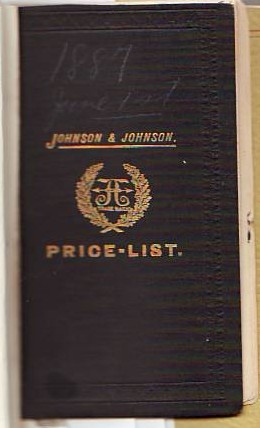
The first Johnson & Johnson price list was published on June 1, 1887 – 120 years ago this summer. It was a small booklet, measuring just 3 inches wide by 5 ½ inches tall, with a black cover that said “Johnson & Johnson – Price List” in gold letters. Despite the plainness of its cover, the price list illustrated three ways in which the Johnson brothers showed that they intended their business to be different than other medical products firms in business in the late 19th century.
The first way they accomplished this was by reprinting part of a letter on the first page. The correspondence was from Robert Wood Johnson, dated September 23, 1886, stating that he was free from any obligations to his former partnership, Seabury & Johnson, and that he had joined his brothers in the new business. Johnson wrote: “I now beg to state that I have joined the firm of Johnson & Johnson…Their Manufactory and Laboratory will be entirely under my charge. Respectfully, Robert W. Johnson.” At first glance, including a letter that was almost a year old might seem like an odd way to start off a price list, but it sent an important message: Seabury & Johnson was an established firm with a good reputation, so this let potential customers know that one of the driving forces behind that respected company was now leading Johnson & Johnson.
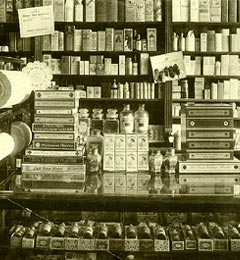
19th Century Drugstore Counter with Johnson & Johnson Plasters
Next, the price list showed doctors, surgeons and druggists (drugstores were where medical and personal care products were sold in those days) that Johnson & Johnson was manufacturing and selling some of the most popular products of the day, such as medicated plasters. However, the Johnson brothers went out of their way to note in the price list that they had improved the way in which these products worked.
“The attention of manufacturers of medicated Plasters has hitherto been directed chiefly to perfecting the mechanical excellence of their preparations, overlooking, to a certain extent, the real aim and end for which a plaster is made. We have made an important improvement in the quality and action of our Plasters…thus enabling a much larger proportion of the medicinal element of the plaster to be absorbed through the skin…thereby ensuring increased therapeutic effect.” [June 1, 1887 Johnson & Johnson Price list, Page 7]

But the biggest difference shown in the first Johnson & Johnson price list was the inclusion of a new product line: the first-ever commercially available aseptic surgical dressings. The Johnson brothers had taken Sir Joseph Lister’s principles of antiseptic surgery and expanded them into ready-made products, making it possible for surgeons to use, for the first time, a commercially available alternative to the unsterilized gauze and dressings they had been using on patients. The adoption of these new aseptic dressings greatly reduced surgical mortality rates.
The most interesting product in the 1887 price list was the Patented Linton Artificial Sponge. This was an antiseptic substitute for the ordinary sea sponges used and re-used by surgeons during surgery. The Linton Artificial Sponge consisted of antiseptic and absorbent cotton wrapped around an antiseptic capsule. When the surgeon applied a slight pressure to the sponge, the capsule broke, releasing the antiseptic agent into the cotton. This design not only ensured that the products was antiseptic, it also ensured that it only could be used once, thus protecting the patient.
The price list was carried by Company salesmen, then referred to as “travelers.” Here are some photos of early Johnson & Johnson travelers from the RED CROSS MESSENGER.
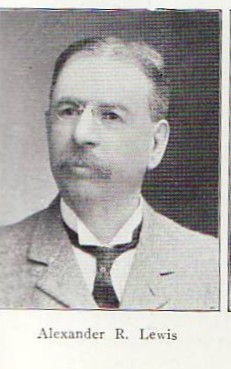
Alexander R. Lewis (above), the Company's Secretary and Sales Manager
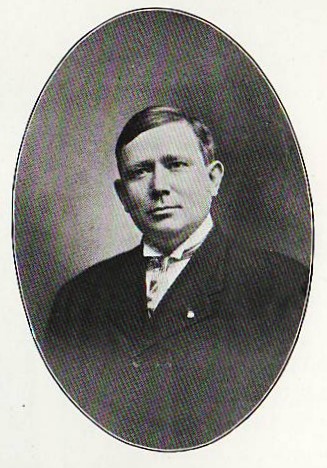
Albert Swisher (above), who joined the Company in 1898 as a traveler.
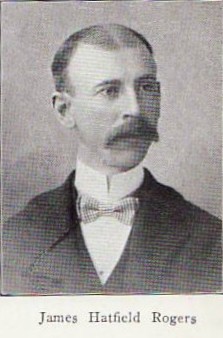
James Hatfield Rogers (above), one of the original members of the Company's sales force.

kool
this website has helped so much with an economics project, thanks!